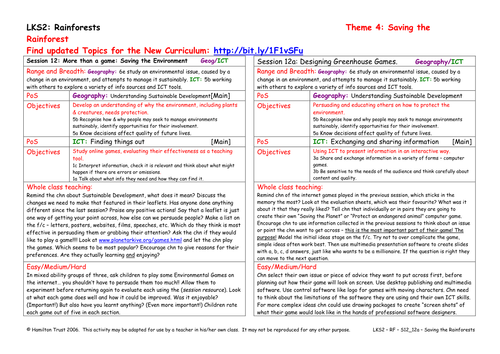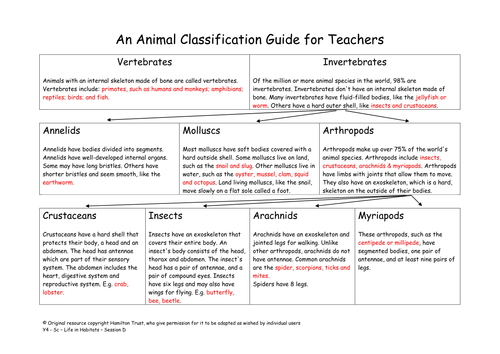
397Uploads
10045k+Views
11646k+Downloads
All resources

Burning materials
Which coverings did prevent nails going rusty? Find out what happens to materials that are burnt, rather than heated – using the fire triangle.
Discuss fire safety including furniture fire hazard labels. Review what children have learnt over the Strand.
Suitable for Y6 pupils.

Reflection
Reflection research is in order during this session as children discover that shiny and polished surfaces reflect more light than dull surfaces. Can they use mirrors to bounce torch beams or redirect the laser beam to hit the target?
Suitable for Y6 pupils.

Hearing sounds
Briefly examine the structure of the ear and how vibrations are heard as sounds. Compare light and sound waves further. Discuss echoes and how bats or dolphins use echolocation. Talk about deafness and introduce children to British Sign Language.
Suitable for Y5 pupils.

Vibrations
Explain that all sounds are made by objects vibrating and that sound can travel through gases, liquids and solids. Children carry out some short investigations about vibrations and make a string telephone with a partner. Compare light and sound waves.
Suitable for Y5 pupils.

Australian Rainforest Animals
Children think about the animals that they know come from Australia and then find out if they live in any of its rainforest regions. Children then look at a list of Australian rainforest animals, and print an image from the computer.

Designing Greenhouse Games
In this session children apply what they found out in the previous session about internet games to create their own Saving the Planet computer game. Whose will be most enjoyable? Which game will encourage us to do things differently?

Speed of light
How fast is the speed of light? Faster than the speed of sound but by how much? Time to measure just how fast it is in the classroom: cheese slices and a microwave can provide the answer! Suitable for Y6 pupils.

What is it?
Children find out how plants and animals are classified into groups. They then try to identify the minibeasts found during the field trip and create a key using a branching database to enable other children to identify them.
Suitable for Year 4 pupils.

Leaf key
Leaves are a useful way of identifying plants, but they come in so many shapes and sizes! Children take a closer look at the structure of some collected leaves before creating a dichotomous key to help identify them. Suitable for Y6 pupils.

Food Rationing
During the 1940 and 50s food was rationed. Discuss the ration allowance then and compare it with what you eat now. In groups and using suggested books or resource examples children will choose and cook a ration recipe for everyone to taste. Was our diet better then?

Green micro-organisms
Micro-organisms can be beneficial and in this session children explore their role in compost production.
Find out why it’s important to compost and what can be composted. Make mini compost heaps, look at food chains and create a compost heap story for younger children.

Rainforests - Creating Images weeks 1 - 2
This poetry unit allows children to explore the wonderful array of rainforest animals. They use two poetry books to explore different features and go on to use these as structures their own poems. They have fun performing their poems to other children in the school
Suitable for years 3 and 4.

The True Value of Water
The global well is in trouble – not enough water to go around. Take action to conserve water! Children use ‘clue stations’ to discover water-saving tips, working out how much water they would save. They are set homework to log water use at home over 3 days.
Suitable for years 5 and 6.

Jigsaw
Ensure that children understand that all the people who have come to live here since Roman times have made an impact on Britain. Children research one country that people have immigrated from and add a picture and label to a large class version of the jigsaw.

Explore friction using toy cars
Work with a group to investigate friction and to see what happens to the distance a toy car travels when you change the surface at the bottom of a ramp. With support understand what makes a test fair and how to measure accurately.

Looking after Baby
What’s it like to look after a baby? Children have the opportunity to see a real baby and ask the mother questions about life with a baby! They then use drama to explore family life and the needs of a baby.

Year 3/4 Fiction 5: Adventure stories
Using The Hodgeheg by Dick King-Smith, children look for examples of adverbs and adverbial phrases. They memorise a section of dialogue and use it as a basis for their own writing. In the second week the focus is on complex and compound sentences as children write an animal adventure story.

Reception Non-fiction (Dinosaurs): Information texts (weeks 1-2)
Use a 'dinosaur egg' to stimulate discussion about eggs and dinosaurs. Have fun with a range of activities, count and sound out words (Harry and the Bucketful of Dinosaurs by Ian Whybrow and Adrian Reynolds, How do Dinosaurs Get Well Soon by Jane Yolen and Mark Teague), pelmanism, Top Trumps and Dinosaur Dash. Make various dinosaur-related objects, 'steal' dino eggs and draw and label dinosaurs.

Year 1 Fiction 5: Fairy stories
Use three traditional tales to study characters and settings, sequence events, tell oral stories and plan new versions of old favourites. Use story maps to retell tales. Children write a story based on a traditional tale using adjectives and compound sentences. The plan uses Snow White in New York by Fiona French. Hamilton Group Reader Billy Dogs Gruff is used to build confidence in reading aloud.

Not In My Back Yard
Discuss a proposed plan for creating wind energy. They are given time to research and prepare for a debate ‘Should 7,000 wind turbines be placed in and around the UK?’ In teams they will put forward their views backed up with evidence to support their case.




















